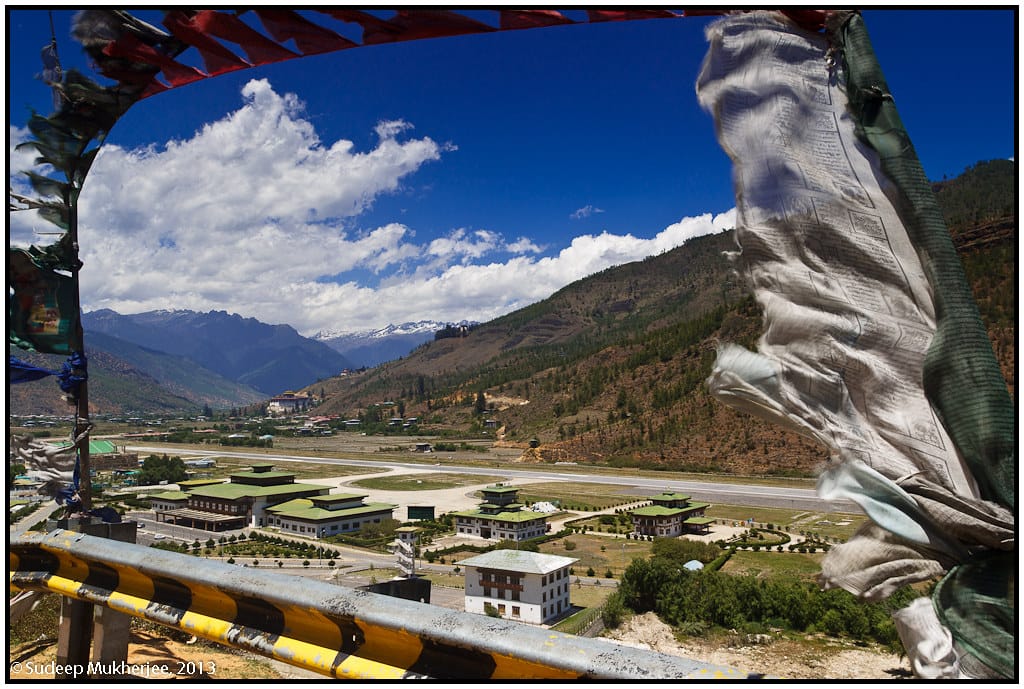The 5 Most Challenging Airports in the World

Aviation is one of humanity’s most impressive feats, and flying into an airport can sometimes feel like a thrilling adventure. While most airports are designed to make flying as smooth as possible, some present unique challenges that test even the most seasoned pilots. From harsh weather conditions and high-altitude landings to tricky terrain and demanding approaches, here are the five most challenging airports in the world, in no particular order.
Princess Juliana International Airport (SXM), St. Maarten

Situated on the Caribbean island of St. Maarten, Princess Juliana International Airport is known for its incredibly short runway and proximity to the beach. With the runway just 2,300 meters long and positioned barely 150 meters from Maho Beach, the sight of jets flying at low altitude just above beachgoers is iconic. The approach into SXM requires precise timing and a perfect alignment due to the surrounding hills, making it a challenging location even for experienced pilots. Additionally, the risk of crosswinds and unpredictable tropical weather conditions adds to the difficulty of landing and taking off.
The above video shows, back when KLM used to operate the 747 into the airport, how much of a challenge and thrill ride the landing is for such a huge aircraft.
Lukla Airport (LUA), Nepal

The gateway to Mount Everest, Lukla Airport, located in Nepal, is known for its extreme conditions. Situated at an altitude of 2,800 meters (9,186 feet) in the Himalayas, it has one of the most dangerous runways in the world. The runway is only 527 meters long and ends in a steep drop-off, making takeoffs and landings extremely risky. Weather is often unpredictable, with dense fog and sudden storms frequenting the area, complicating visibility and flight planning. Moreover, the lack of radar coverage and mountainous terrain creates challenging conditions for pilots, especially considering the airport is often surrounded by clouds.
From just the video of the approach, you can see you're dodging mountains and have to battle with a short and uphill runway.
3. Courchevel Altiport (CVF), France

Located in the French Alps, Courchevel Altiport is primarily used by small aircraft and helicopters carrying skiers to the upscale resorts of the region. The airport sits at an altitude of 2,008 meters (6,588 feet) and has a highly inclined runway (about 18.5%), which can be very challenging, especially in adverse weather. The approach to Courchevel involves a difficult maneuver over mountainous terrain, and because of its size, only small aircraft with a high level of expertise are permitted to land there. Winter snow, poor visibility, and strong winds make this airport a true test for pilots.
If you thought landing at Lukla was rough, try adding snow!
4. Paro Airport (PBH), Bhutan

Nestled in the Himalayas, Paro Airport is one of the most daunting airports to land at, thanks to its narrow valley location and the surrounding mountainous terrain. The airport is located at an altitude of 2,235 meters (7,333 feet), and the approach to the runway requires flying between cliffs. Only a handful of pilots are certified to land here due to the highly specialized skills required for the approach. Weather conditions can change rapidly, and visibility can be poor due to the constant fog and rain in the region. Due to the geographical constraints, only smaller aircraft operate at Paro, and flights are limited to daylight hours, further increasing the complexity of operations.
There's not a lot of room for error and you have some crazy turns before landing.
Madeira Airport (Funchal) (FNC), Portugal

Madeira Airport, also known as Funchal Airport, is located on the island of Madeira, off the coast of Portugal. What makes this airport particularly challenging is its unique location and the complexities of its runway. The airport is built on a platform supported by 180 concrete columns, as it is surrounded by steep cliffs and the Atlantic Ocean. The runway itself is short, only 2,781 meters (9,123 feet), but the approach is complicated by strong crosswinds, turbulent weather, and unpredictable winds caused by the surrounding mountains. Additionally, the runway has a steep drop-off at both ends, which requires pilots to have high levels of precision and control during takeoff and landing. The challenging conditions make Madeira Airport known as one of the most difficult airports for pilots, and only highly trained crews are allowed to operate there.
The winds can be super strong and can be one of the most stressful to land in a modern jet aircraft.
Final Thoughts
The airports mentioned above are not only among the most picturesque in the world but also among the most technically demanding. Pilots who operate at these airports must possess high levels of skill, experience, and mental toughness. The combination of high altitudes, difficult terrain, unpredictable weather, and short runways requires a level of precision that makes these airports some of the most challenging to navigate. While they remain open to air traffic, the risks involved ensure that only the most seasoned aviators take on the task of flying into these world-renowned, yet daunting, airfields.





